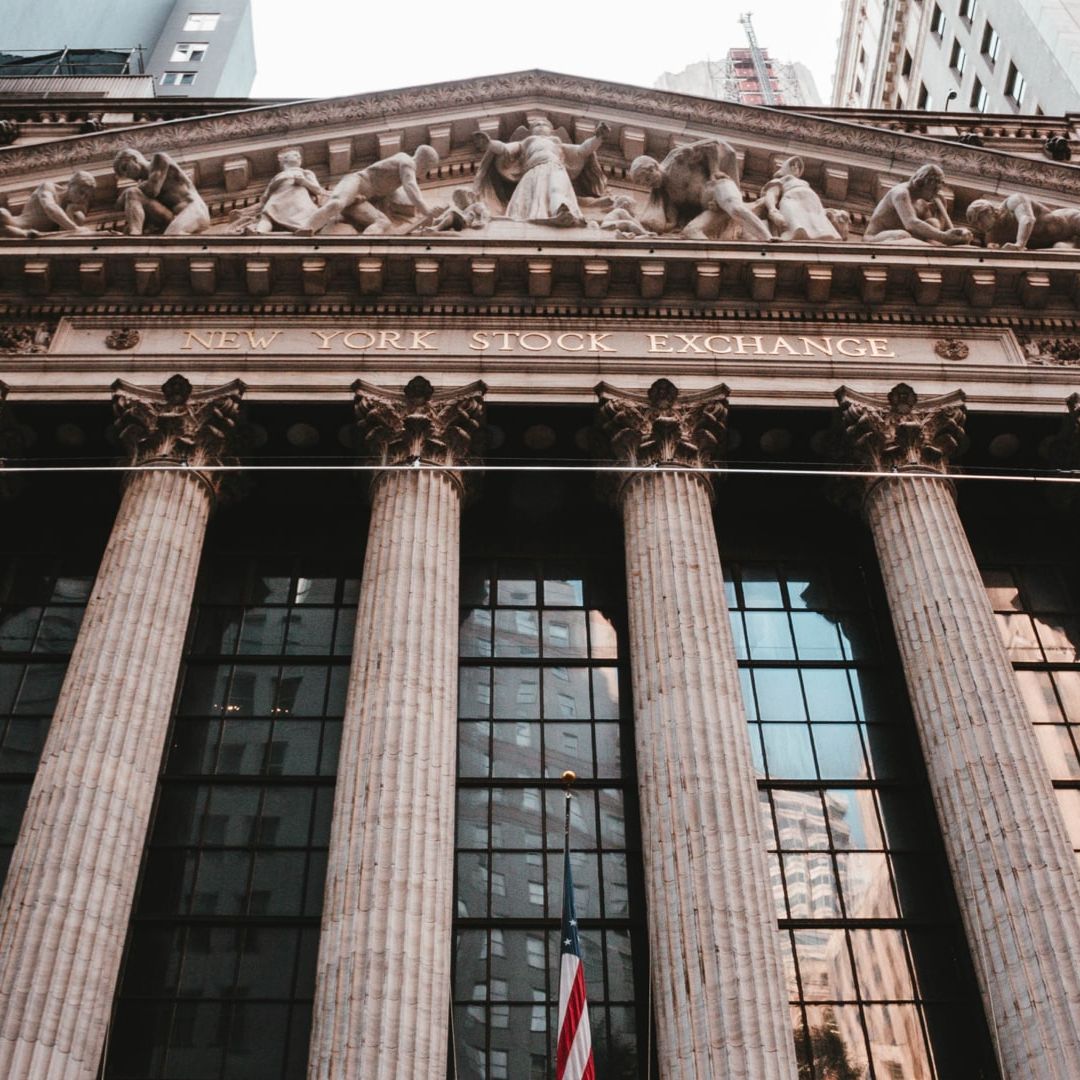The Federal Reserve's internal discussions regarding interest rates for the rest of the year have led to a division among its members. While their opinions may differ on future rate hikes, one thing they all seem to agree on is that borrowing costs will persistently remain "higher for longer."
Senior officials from the Federal Reserve have been emphasizing that interest rates will stay high for an extended period, even well into next year. Austan Goolsbee, Chicago Federal Reserve President, stated in an interview on CNBC that this timeline was longer than what the market had anticipated.
During its recent meeting, the Federal Reserve chose to keep interest rates steady between the range of 5.25% to 5%. However, the bank also indicated the possibility of raising rates once more within the year.
While twelve out of the nineteen governors and regional bank presidents are in favor of another rate increase, seven believe that rates should remain at their current level. The divide primarily stems from differing views on inflation and its impact on the economy.
Those who support another rate hike believe that a more restrictive monetary policy is necessary to slow down inflation, which is currently running at twice the Fed's targeted rate of 2%. On the other hand, those in favor of maintaining rates at their current level argue that inflation can be tamed with the existing interest rates and express concerns about triggering a recession with additional rate hikes.
Raising borrowing costs helps to regulate inflation by reducing demand and slowing down economic growth. Goolsbee acknowledges this divide by stating that the biggest risk lies in inflation remaining higher than desired. Nevertheless, he also acknowledges the need to bring inflation back down to the target level.
Regardless of their differing opinions on rate hikes, all senior officials within the Federal Reserve agree that interest rates will remain high for a considerable period. This poses challenges for potential home buyers, as well as other consumers and businesses that rely on loans for spending and investment.
The Fed's New Forecast: Lower Interest Rate Projections for 2024
The Federal Reserve (Fed) recently released a new forecast that projects only two reductions in interest rates in 2024. This is a significant departure from their previous projection of four rate cuts for next year, which was made in June.
The duration for which the Fed intends to maintain these high rates is a subject of ongoing debate. According to Austan Goolsbee, a member of the Fed committee responsible for setting interest rates, the question will soon shift from how much further they will raise rates to how long they need to keep rates at this restricted level to restore confidence in achieving a 2% inflation target.
Goolsbee emphasizes that determining this answer has become more challenging due to the breakdown of typical economic relationships caused by the coronavirus pandemic. One example he cites is the unemployment rate in the United States.
When the Fed began rapidly raising its benchmark short-term interest rate from near zero in March 2022, the unemployment rate was at 3.6%. Surprisingly, since then, unemployment has only marginally increased to 3.8%, despite the surge in interest rates. Normally, higher interest rates lead to a weaker economy, resulting in more layoffs and higher unemployment.
Moreover, the inflation rate has been halved from 8.5% in March 2022 to 3.7% as of August, as measured by the consumer-price index. Goolsbee points out that the current unemployment rate is essentially the same as when inflation was nearly twice as high.
Goolsbee further explains that the unique circumstances surrounding the economy's recovery from the COVID-19 pandemic have made predictions based on previous business cycles seem unreliable. The ongoing effects of the pandemic have created unprecedented factors that complicate economic forecasting.
As a voting member of the Fed committee responsible for setting interest rates, Goolsbee offers valuable insights into these complexities. Another voting member, Neel Kashkari, the President of the Minneapolis Federal Reserve, is scheduled to speak at 6 pm Eastern Time.
In conclusion, the Fed's new forecast projects a reduced number of interest rate cuts in 2024 compared to their previous projection. Determining the optimal duration to maintain these restricted rates is the subject of ongoing debate, as the economy continues to face unique challenges and uncertainties stemming from the pandemic.

Leave A Reply
Your email address will not be published. Required fields are marked *